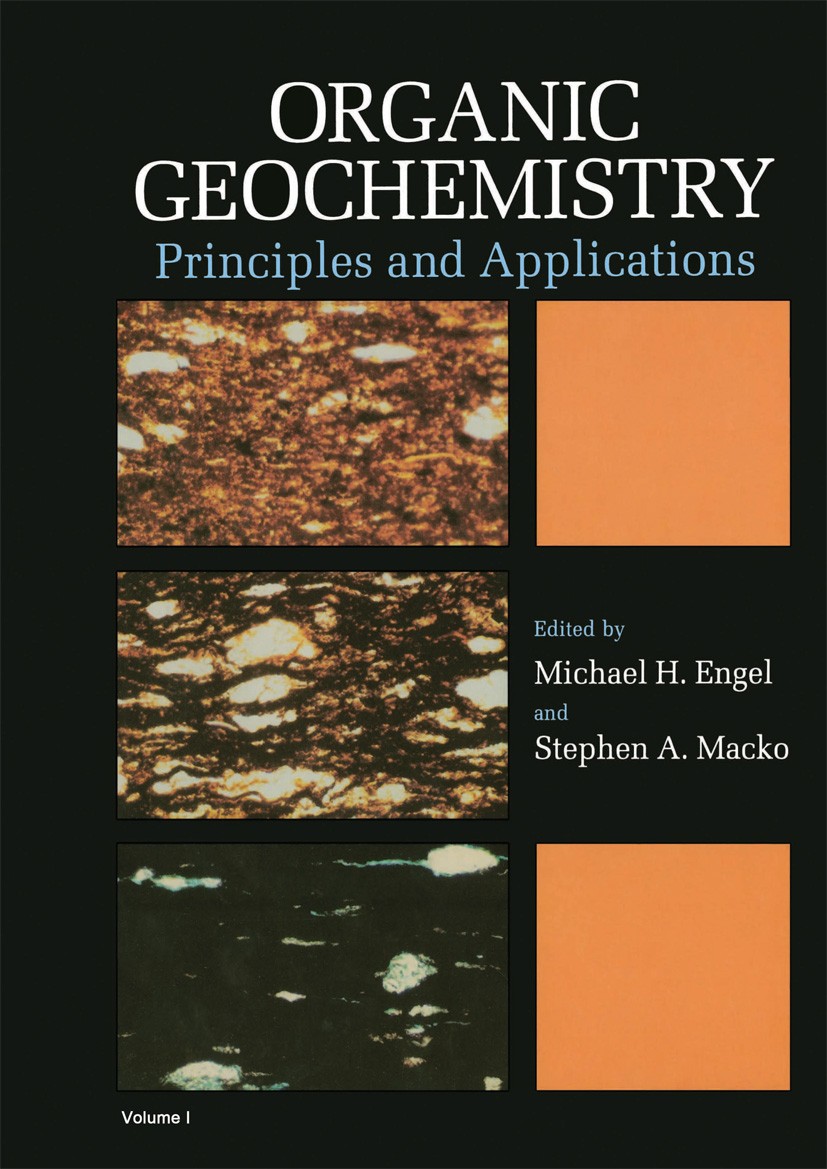Field and laboratory study on the distribution, fate and transport of polycyclic aromatic hydrocarbons in the loess porous medium at a refinery polluted site: Understanding the soil-groundwater interface
IF 2.5
3区 地球科学
Q2 GEOCHEMISTRY & GEOPHYSICS
引用次数: 0
Abstract
Soil and groundwater pollution from industrial and agricultural activities has become a global concern. This study therefore investigates the occurrence, sources, and transport mechanisms of polycyclic aromatic hydrocarbons (PAHs) in the soil-groundwater system of a closed refinery. Field investigations and laboratory column experiments revealed widespread PAH contamination in both groundwater and soil, with higher concentrations near the groundwater level (6.45–8.75 m). PAHs in soil and groundwater were predominantly low and medium molecular weight compounds (LMW and MMW), originated from petroleum leakage and coal combustion. The region’s soil, primarily composed of loess and gravel with low total organic carbon (TOC) content (mean 0.07%), showed a positive correlation between PAH concentration and TOC/clay content, while sand content had no significant impact. Groundwater fluctuations influence PAH accumulation at the soil-groundwater interface (SGI), which may suggest potential for increased migration under varying hydraulic conditions. This vertical migration offers new insights into contaminant transport models in groundwater systems, particularly for arid regions, and could inform future remediation strategies for similar contamination scenarios.

多环芳烃在某炼油厂污染场地黄土多孔介质中的分布、命运和运移研究:土壤-地下水界面的认识
工业和农业活动造成的土壤和地下水污染已成为全球关注的问题。因此,本研究探讨了多环芳烃(PAHs)在封闭炼油厂土壤-地下水系统中的存在、来源和运移机制。现场调查和室内柱实验结果表明,地下水和土壤中多环芳烃污染普遍存在,地下水附近浓度较高(6.45 ~ 8.75 m),土壤和地下水中多环芳烃主要为低分子量和中分子量化合物(LMW和MMW),主要来源于石油泄漏和煤炭燃烧。该地区土壤以黄土和砾石为主,总有机碳(TOC)含量较低(平均0.07%),多环芳烃(PAH)浓度与TOC/clay含量呈正相关,而砂粒含量对其影响不显著。地下水波动影响土壤-地下水界面(SGI)的多环芳烃积累,这可能表明在不同的水力条件下可能增加迁移。这种垂直迁移为地下水系统(特别是干旱地区)的污染物迁移模式提供了新的见解,并可能为未来类似污染情况的修复策略提供信息。
本文章由计算机程序翻译,如有差异,请以英文原文为准。
求助全文
约1分钟内获得全文
求助全文
来源期刊

Organic Geochemistry
地学-地球化学与地球物理
CiteScore
5.50
自引率
6.70%
发文量
100
审稿时长
61 days
期刊介绍:
Organic Geochemistry serves as the only dedicated medium for the publication of peer-reviewed research on all phases of geochemistry in which organic compounds play a major role. The Editors welcome contributions covering a wide spectrum of subjects in the geosciences broadly based on organic chemistry (including molecular and isotopic geochemistry), and involving geology, biogeochemistry, environmental geochemistry, chemical oceanography and hydrology.
The scope of the journal includes research involving petroleum (including natural gas), coal, organic matter in the aqueous environment and recent sediments, organic-rich rocks and soils and the role of organics in the geochemical cycling of the elements.
Sedimentological, paleontological and organic petrographic studies will also be considered for publication, provided that they are geochemically oriented. Papers cover the full range of research activities in organic geochemistry, and include comprehensive review articles, technical communications, discussion/reply correspondence and short technical notes. Peer-reviews organised through three Chief Editors and a staff of Associate Editors, are conducted by well known, respected scientists from academia, government and industry. The journal also publishes reviews of books, announcements of important conferences and meetings and other matters of direct interest to the organic geochemical community.
 求助内容:
求助内容: 应助结果提醒方式:
应助结果提醒方式:


